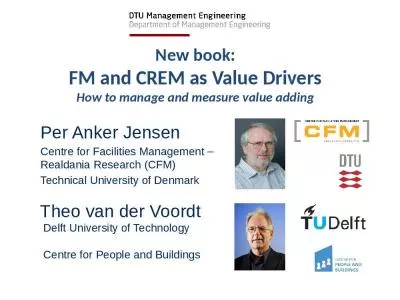PPT-Moving Beyond Math & Reading 3-8: How Value-Added Models Can Incorporate Other Types
Author : debby-jeon | Published Date : 2018-10-21
Garron Gianopulos PhD North Carolina Department of Public Instruction Marianne Motley Ohio Department of Education John White PhD SAS Instititute June 25 2014
Presentation Embed Code
Download Presentation
Download Presentation The PPT/PDF document "Moving Beyond Math & Reading 3-8: Ho..." is the property of its rightful owner. Permission is granted to download and print the materials on this website for personal, non-commercial use only, and to display it on your personal computer provided you do not modify the materials and that you retain all copyright notices contained in the materials. By downloading content from our website, you accept the terms of this agreement.
Moving Beyond Math & Reading 3-8: How Value-Added Models Can Incorporate Other Types: Transcript
Download Rules Of Document
"Moving Beyond Math & Reading 3-8: How Value-Added Models Can Incorporate Other Types"The content belongs to its owner. You may download and print it for personal use, without modification, and keep all copyright notices. By downloading, you agree to these terms.
Related Documents

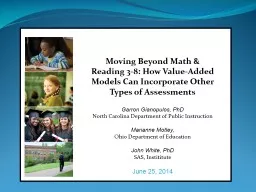
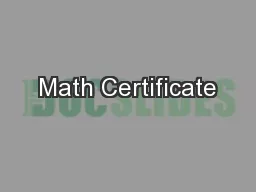
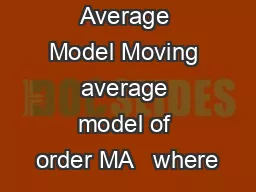
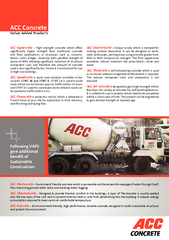
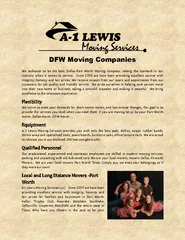
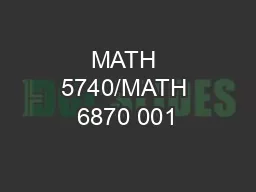
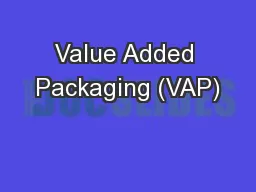

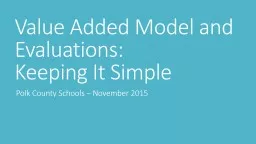
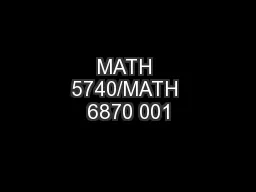

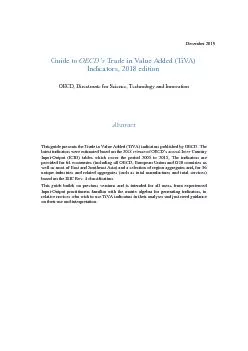
![[EPUB] - Praxis II Art: Content Knowledge (5134) Exam Secrets Study Guide: Praxis II](https://thumbs.docslides.com/902450/epub-praxis-ii-art-content-knowledge-5134-exam-secrets-study-guide-praxis-ii-test-review-for-the-praxis-ii-subject-assessm.jpg)
